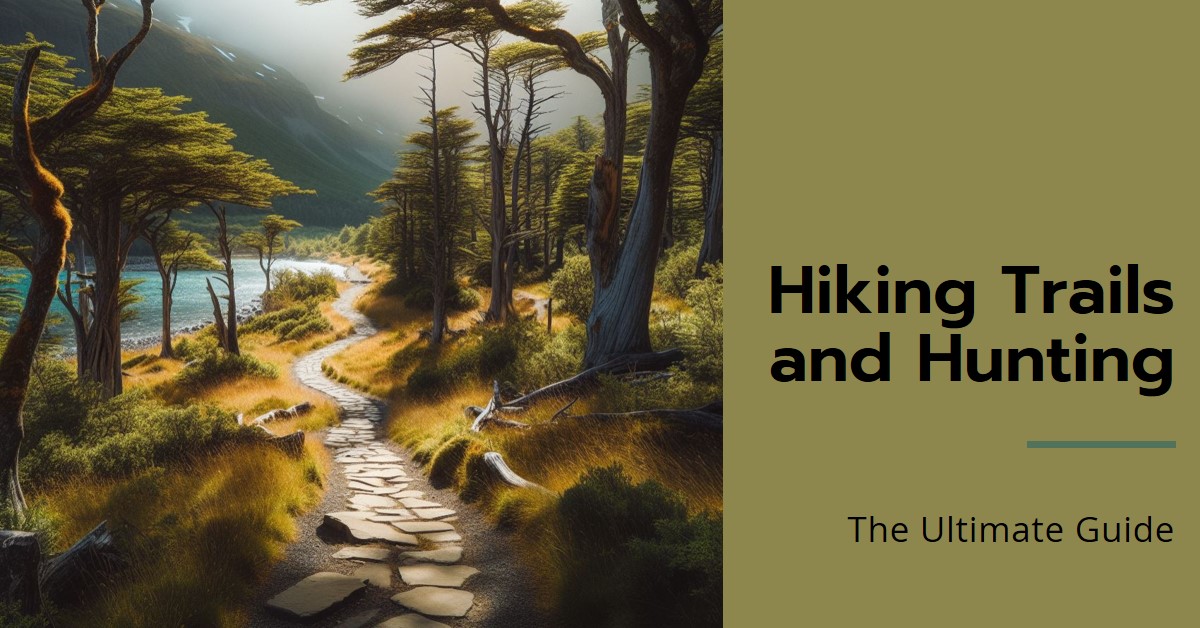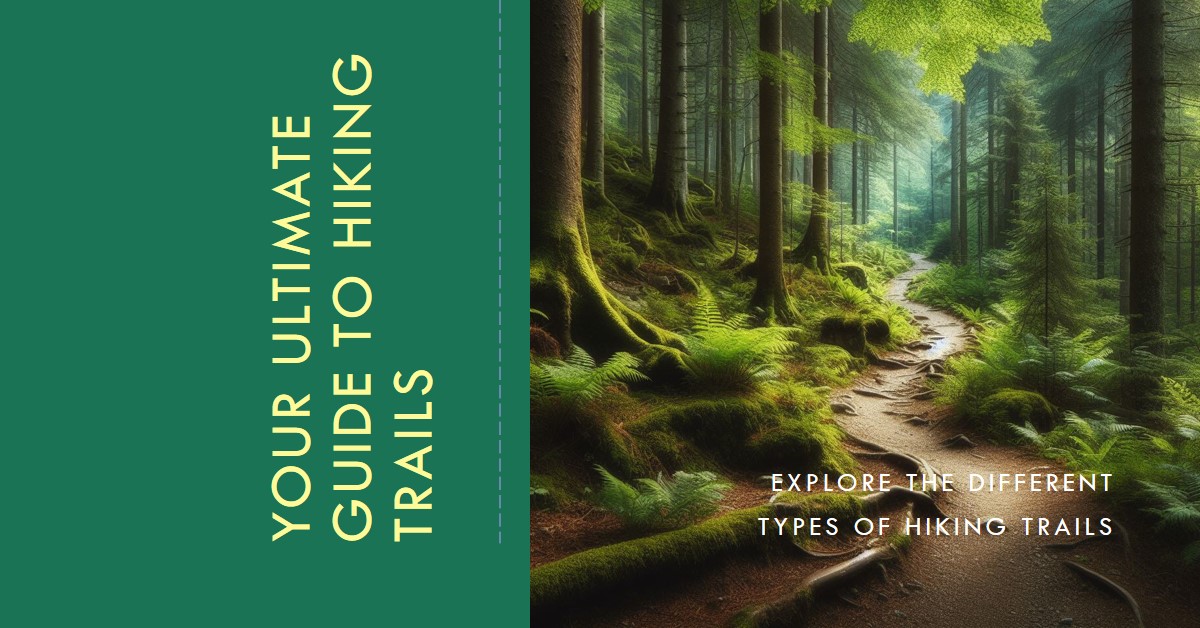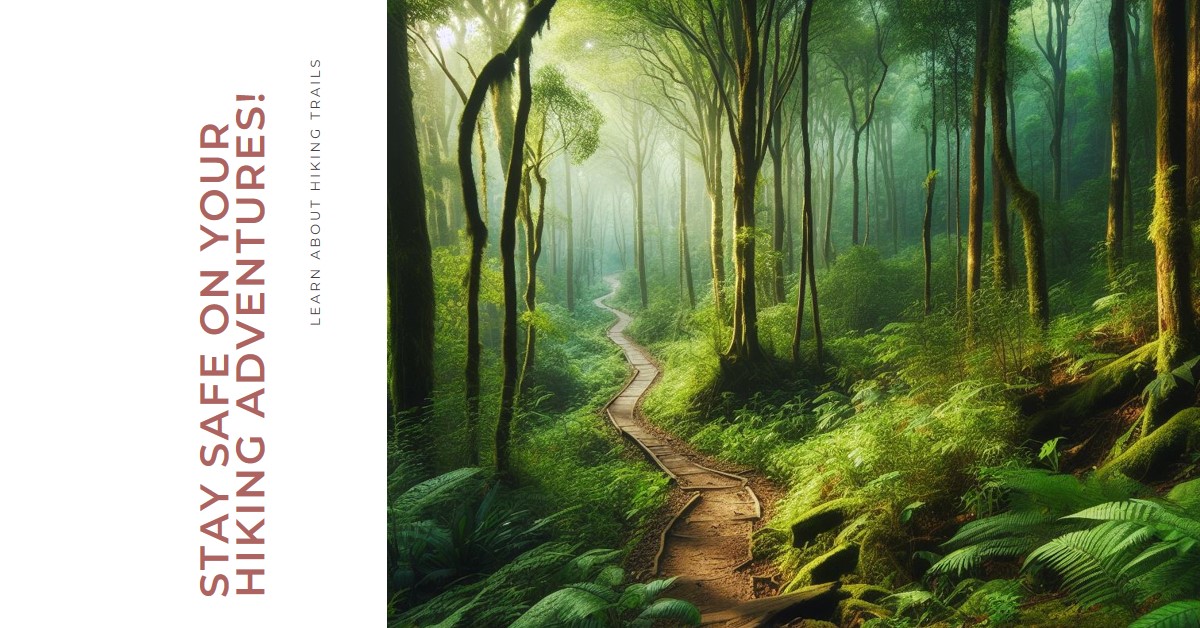Table of Contents
The Ultimate Guide to Snake Safety While Hiking
Venturing into the wilderness brings an adrenaline rush that few other experiences can match. However, such adventures can bring forth some unexpected perils, particularly from the serpentine members of the animal kingdom. Keep in mind while wandering the forest trails and mountainside paths that adopting certain safety measures can reduce potential encounters with snakes, thereby minimizing the risks of snake bites.
Understanding Snake Behavior For Hiking Safety
While the mere mention of the word ‘snake’ might shoot a chill down the spines of many, the fact remains, the majority of snakes are pretty harmless. Guaranteeing safety involves understanding snake behavior and remaining vigilant about your surroundings.
If you find yourself hiking in a North American trail or visiting these beautiful landscapes, equipping yourself with knowledge about rattlesnakes and familiarizing yourself with the symptoms of their bites, which often include puncture wounds and swelling, can be instrumental.
To deter snakes in their tracks, maintaining a keen sense of observation, tapping the path ahead with a stick, and exercising extreme caution in obscured areas is advisable. Dress in long pants and ankle-covering boots for protection against bites. In the unlikely event of a snake encounter, stay calm, keep your distance, and let the snake have its space. Remember, if given enough warning, snakes usually prefer to steer clear of humans.
Building a Fortress of Precautions
Stepping into snake territory calls for a host of preventive strategies. Keep all your senses, especially sight and sound, on high alert. BE aware of your environment, paying close attention to any unusual movement or noise that might might signify a snake’s presence.
A walking stick can also turn out to be an effective preventive tool. It not only offers support during hiking but also warns snakes of your approach when you tap the ground ahead in spots concealed form you’re vision, thus helping avoid an unexpected snake encounter. Taking a careful and mindful approach while hiking can significantly reduce snake-related risks and pave the way for a secure and enjoyable adventure.
Effective Measures In Case of Snake Encounters
Safety from snakes while hiking involves some critical steps. Steer clear of places with poor visibility and equip yourself with sturdy hiking gear like high-ankle boots, thick socks, and loose, long pants. Further, it’s essential to use a walking stick to tap ahead gently – this can deter snakes away from your path, especially in areas with poor sightlines.
How to Respond to a Snake Encounter
Upon encountering a snake during a hike, its crucial not to panic. Here are few measures to keep in mind:
– Stay calm and gradually distance yourself from the snake.
– Avoid quick or sudden movements.
– Do not cross into the snake’s space – maintain a minimum distance of 6 feet.
– Make sure not to place your hand in a place that is not visible to you.
– Wearing appropriate equipment and using a cane in low visibility areas can alert snakes to your presence.
Be careful, baby rattlesnakes can be surprisingly dangerous. Remember that, with proper warning, snakes will usually avoid any contact with humans.
Maintain safety in rattlesnake areas
When walking in areas known for the presence of rattlesnakes, it is essential to take extra precautions. Be equipped with appropriate hiking gear, stay within marked trails, and avoid heavily forested areas. Never approach, touch, or provoke a snake with sudden movements.
Also, avoid wearing clothing or accessories that resemble snake colors or patterns. Avoid causing interruptions with loud music or using headphones that may hinder your ability to detect warning signs.
Frequently Asked Questions About Snake Safety While Hiking
What measures should I take to protect myself from snakes in the desert?
To ensure safety from snakes while hiking, remember the following:
1. Wear appropriate equipment for the hike: high ankle boots, thick socks, and long loose pants.
2. Use a club to hit forward where the foot is not clearly visible.
3. Avoid stepping on or placing your hands in hidden places.
4. Always remember that snakes will avoid you’re path if given enough warning.
5. Stay on frequently used trails for safety.
Where are snakes most likely to bite hikers?
Snake bites often occur when a hiker gets too close or unknowingly disturbs the snake.
Conclusion
Walking in snake-infested areas requires being prepared and prioritizing safety. By using the proper equipment, avoiding dark areas, and keeping your senses alert, you can dramatically reduce the risk of encountering a snake. Following these guidelines will ensure a safe, exciting and rewarding hiking experience. Stay safe and enjoy your hiking adventure.














